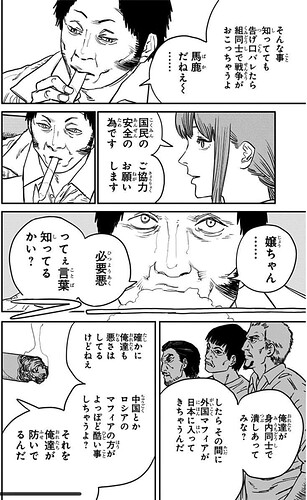This is what @josh has linked to. The な after an い-stem is just short for なさい. Here it is used more or less like “why don’t we?” or “shall we?” and then the guy explains what would happen if they did. I saw it used quite a bit in the early chapters of Spy x Family. When you see something like this, always think if なさい makes sense before anything else.
Is this meant to be 潰し合ってみているな as in “So you’re trying to get us to crush/destroy each other, huh?” ?
I don’t think な would be used like this. か or かい or something along those lines would be preferable here. But more importantly it wouldn’t be shortened like this. Changing みているな to みな is pretty hardcore, I don’t know if it’s possible even. Also, な after a non-past tense can and often is used as a negative imperative. The な you were thinking about is a sentence ending particle. It could be used just like you were saying, but it wouldn’t come after an い-stem.
Edit.
Turns out な can come after an い-stem in Kansai dialect as negative imperative, but it doesn’t make sense here as the guy does not have any other forms of Kansai dialect in his speech, at least not in this panel. Also his tone does not indicate an imperative neither here nor in the cartoon.


 I never know where to look when it comes to these “slang”/butchered forms so I’m always guessing.
I never know where to look when it comes to these “slang”/butchered forms so I’m always guessing.